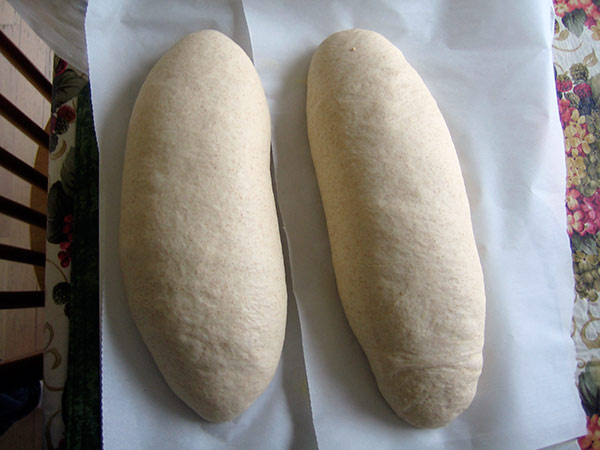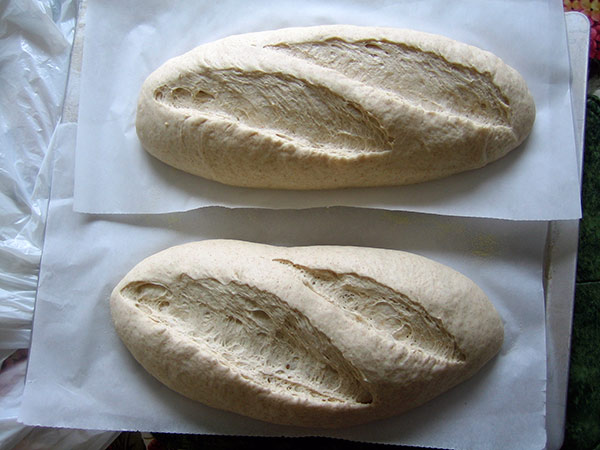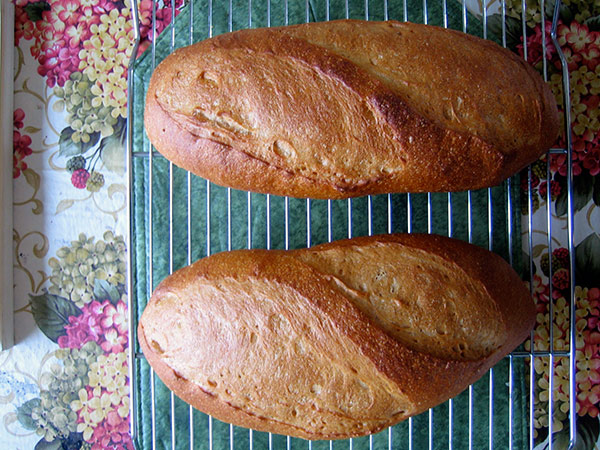Reinhart's Sunflower Seed Rye
Sunflower Seed Rye
Sunflower Seed Rye Crumb
- Log in or register to post comments
- 9 comments
- View post
- dmsnyder's Blog
Sunflower Seed Rye
Sunflower Seed Rye Crumb
Hello Folks, this is my first post on The Fresh Loaf, altough I have been reading and trying out recipes for a long time.
I wanted to share a very easy recipe for Sourdough Onion Rye, which is an adaption of pretty much everything I have learned from this site. It's really quite easy to make and comes out fine every time, so good luck and please give me feedback, I would love to hear about your experience.
The Starter
I just ordered this book (along with Crust and Crumb) and wonder whether anyone has any comments or has tried any of the recipes? One of the many bed and breakfast owners on the island expressed interest in having me bake bread for her visitors and I figured she would want more breakfast type breads and rolls than plain old sourdough. I found the book in the library and like the sound of many of the breads - so of course I had to add it to my baking shelf. (Any excuse, right?) I would like to hear any comments, good or bad.
I made this bread with a white leaven, elaborated to a starter, which was pre-fermented for 12 hours.
The finished dough had 108% pre-ferment starter, 30% wholemeal Spelt flour, 70% white bread flour and 75% hydration.
The flour and water were left to autolyse in the fridge for 12 hours before the starter, salt and a cold soaker of quinoa (I didn't weigh it so I don't know the percentage) were added and mixed.
 [/center]
Because there was enough dough for two loaves, I decided to make one as a roll and braid the other one without filling it.
We really love this bread. And we really loved how much oven spring there was.
[/center]
Because there was enough dough for two loaves, I decided to make one as a roll and braid the other one without filling it.
We really love this bread. And we really loved how much oven spring there was.Polish Cottage Rye
Polish Cottage Rye - Crumb
Multigrain Sourdough
This past weekend I made French Bread I, using instant yeast and overnight retardation, following Reinhart's recipe in Crust and Crumb. I ended up with 3 loaves and baked them in our mud oven (traditional for Cyprus). I kneaded the dough as described in the book to disperse the ingredients, form the gluten and hydate/ferment. I should admit, when I performed the windowpane test, I had difficulty forming it. So, I continued kneading an extra 5 - 8 minutes...
I've attempted a cinnamon swirl bread with a little less than 1/2 the amount of yeast called for in the recipe here: http://www.thefreshloaf.com/blog/bnb.
So, I thought I'd push the limit a little more. The hokkaido milky loaf was a recipe I was very interested in. The entire recipe calls for almost 2 pounds of ingredients with the flour contributed more 50% of the weight. I reduced the yeast to a scant 1/3 of the amount called for in the recipe, so probably around 2.5 to 3 oz



